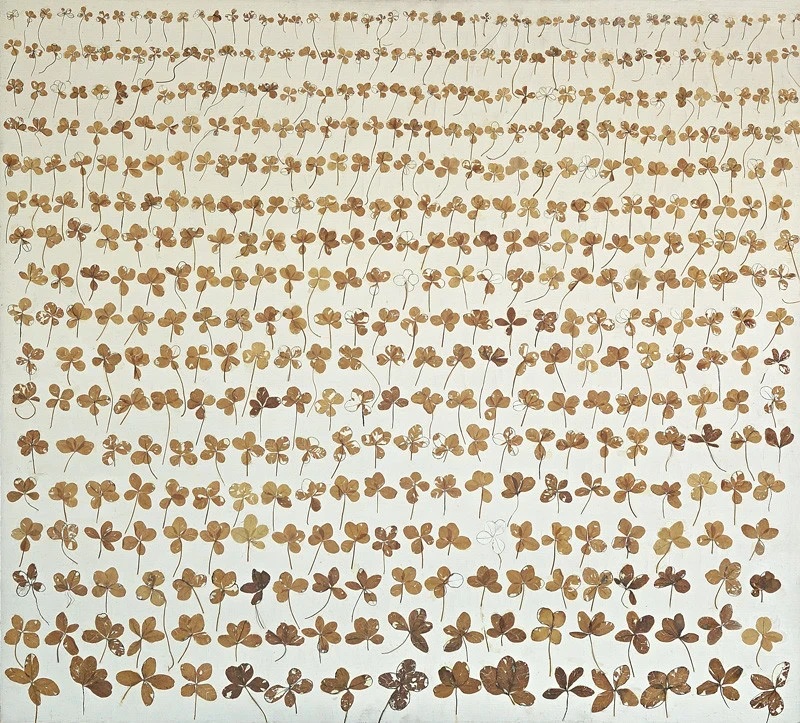The Art That Remains
The exhibition presents a long-overlooked set of works from the Slovak National Gallery collection as acquired from the legendary International Biennial of Young Artists DANUVIUS 68 that took place under dramatic circumstances following the August occupation of Czechoslovakia.
The 1968 Biennial presented a plurality of works of fresh art without ideological restrictions – traditional forms, such as sculpture, graphic art, and painting, along with progressive artistic tendencies, primary among which were the then critically acclaimed object and environment. Young artists under 35 from all around the world – 71 from Czechoslovakia and 49 from 16 other countries except the Soviet Union which was not represented by a single artist – took part in this generously conceived selective display in the Bratislava House of Arts.
The display became a unique free confrontation of Czechoslovak artists with contemporary Western, Eastern, and Central European art before the isolation of normalization, when restriction of any direct contact radically changed the form of art.“So today in Bratislava we see an extraordinary phenomenon, that in a socialist country occupied by Soviet troops an exhibition is being held that admittedly contradicts all the norms of Marxist-determined ‘socialist realism’.” – Jürgen Weichardt, 1968
The Biennial as a historically important exhibition from 1968 curated by Ľubor Kára is presented through contemporary documents and particularly through works by Slovak, Czech, and foreign authors such as J. Jankovič, M. Šutej, S. Filko, A. Frohner, A. Kučerová, G. Pisani, M. Raysse, M. Ikeda, H. Akiyama, N. Pliskova, J. Hilmar, V. Popovič, P. Binder, E. Ovčáček, and J. Bartusz, as well as others. An exhibition about an exhibition, it does not have the character of a reconstruction, it is a rediscovery of the long forgotten, drawing attention to the ambition (past and present) to collect and exhibit not only Slovak or Czechoslovak art but art from outside our borders, and to focus on international cooperation in the sense of an open, critical model of a gallery of the global age.
